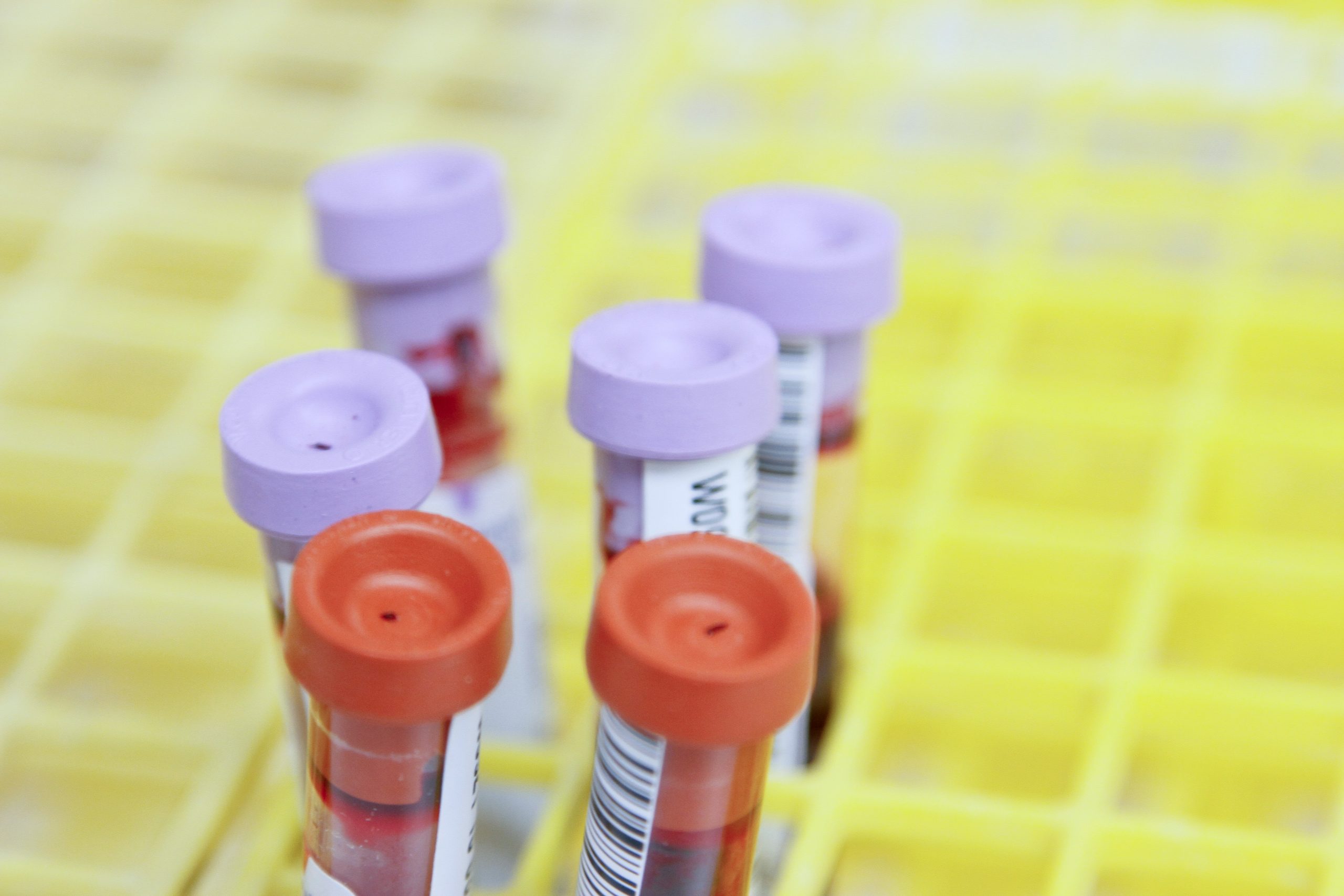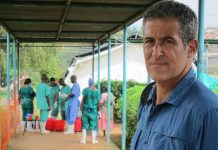
Coronavirus saliva test may not always detect people with low infection levels, according to Yale University researcher Anne Wyllie.
“There’s more of a chance that we might miss that very, very low viral load, so when the virus is only starting to pick up in an individual,” Wyllie said during an interview with “Squawk Box.”
However, that potential downside can be countered by regular testing, Wyllie said.
“We’re wanting that frequent testing. So if you’re being tested twice a week — even better if you can be tested more — you might get missed one day if you’ve got very, very low amounts of the virus in you. But if that viral load starts to increase, because you’re having frequent testing, we’ll quickly pick that up the next time,” she said.
Yale University says its coronavirus saliva test is “simpler, less expensive, and less invasive” than common nasal swab tests. It received emergency approval from the Food and Drug Administration. In a press release, Yale expressed its intention to make testing more widely accessible by keeping costs affordable and creating a test that can be processed more quickly.
Yale’s test was made in conjunction with the NBA and its players union, which released more than $500,000 in funding, according to ESPN. The NBA players and staff in the run-up to the league’s restart in Florida were able to use the test. However, findings of Yale’s study of its test have not yet been peer reviewed.
According to Wyllie, an associate research scientist in epidemiology, Yale’s coronavirus saliva test can identify the coronavirus that is “quite on par with many of the other traditional [polymerase chain reaction] tests that are already out there.”
PCR tests can identify a virus’ genetic material and regarded as the most accurate type on the market. The Yale test depends on PCR but simplifies the process.
As for its sensitivity, Yale’s test declines slightly in patients who have lower levels of the virus, according to Wyllie. “It’s about 90% sensitive in patients. About 88% to 90% in asymptomatic, healthy individuals,” she added.
Not a rapid test
Moreover, she stressed that Yale’s test is not one of the so-called rapid tests that can come up with results in 10 to 15 minutes, for example. Saliva samples must be studied in a laboratory. She noted that laboratories must be able to make more samples than other variations.
“We do hope that we can see, maybe in some situations, same-day results. If not, what we’re really striving for is to get below that 24-hour time frame that we’re just not seeing in many places at the moment,” she said.
Wyllie said that Yale hopes the saliva test can be used at laboratories throughout the US within a couple months. Labs must get in touch with Yale so the university can “make sure that it’s set up properly, to make sure they’ve got the equipment that’s available.”
“So I’m hoping that we’ll see, at least within the next month, more and more labs starting to roll this out, starting to make it available,” she said. “Clearly, we really do just need more testing at the moment.”






